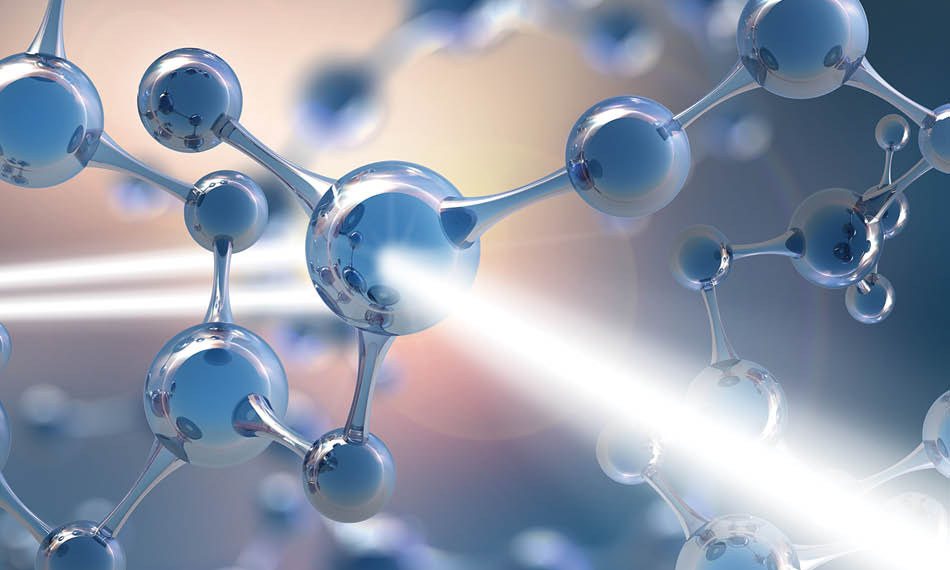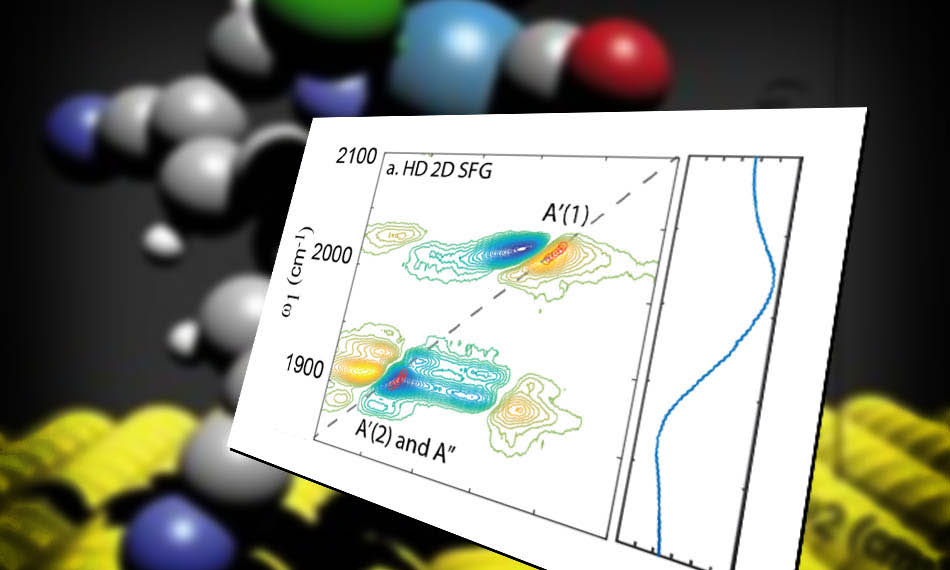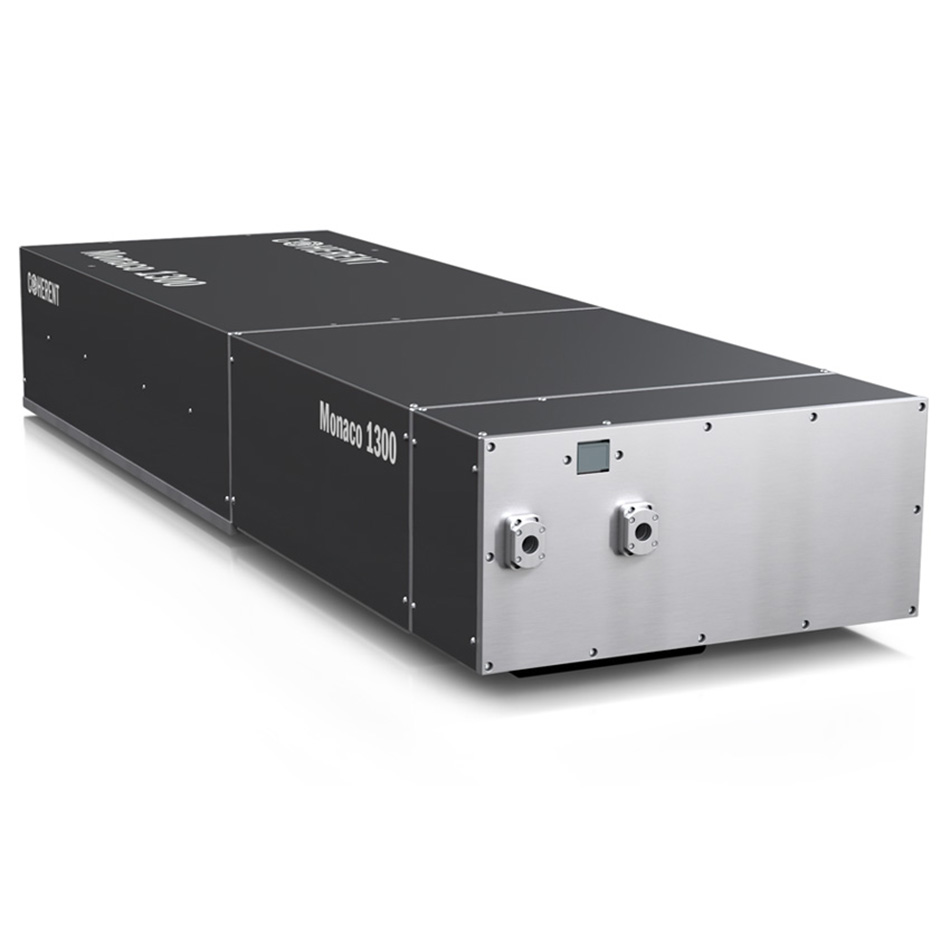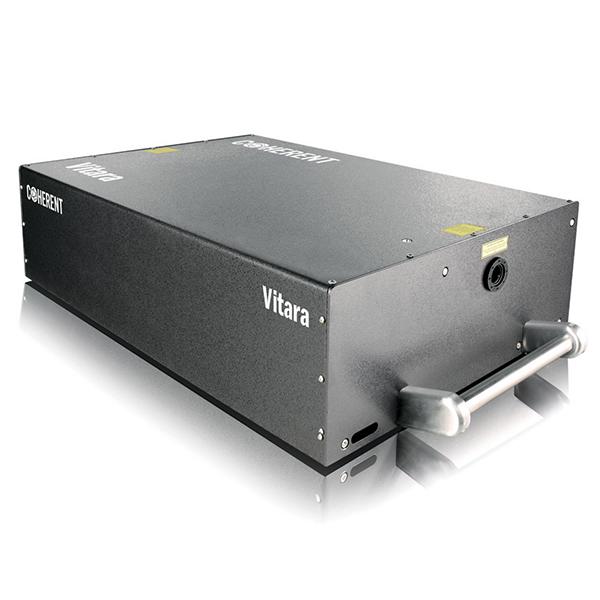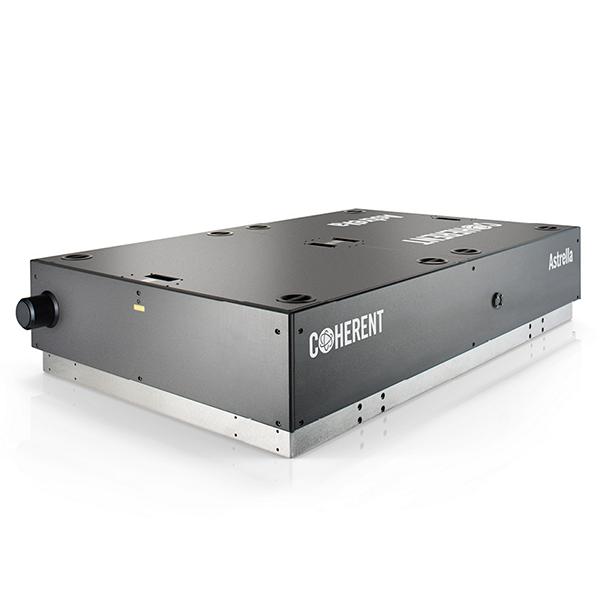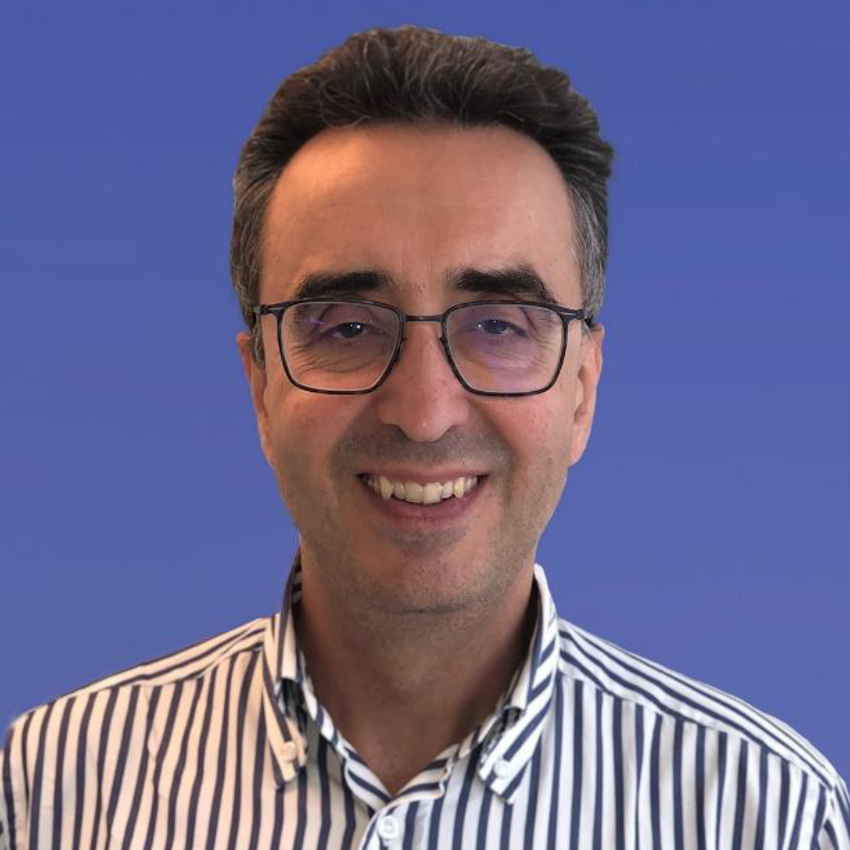Ultrafast Spectroscopy
Use our ultrafast lasers to study processes on femtosecond or picosecond timescales or use the broadband output for 2D applications.
- Performance and Stability Don’t compromise – get the shortest pulse widths and rock-solid stability.
- Operational Simplicity Choose a one-box laser/amplifier or maximize flexibility with an open platform.
- 24/7 Reliability = Productivity Maximize your publishable data output by avoiding unscheduled downtime.
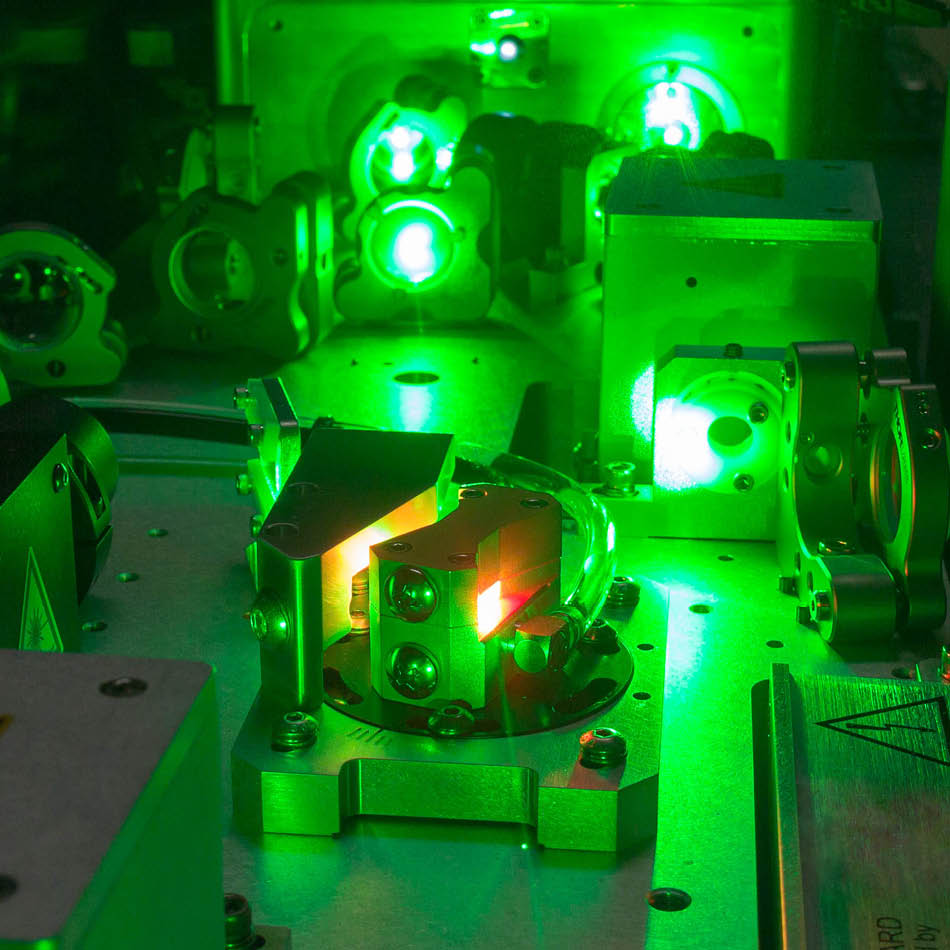
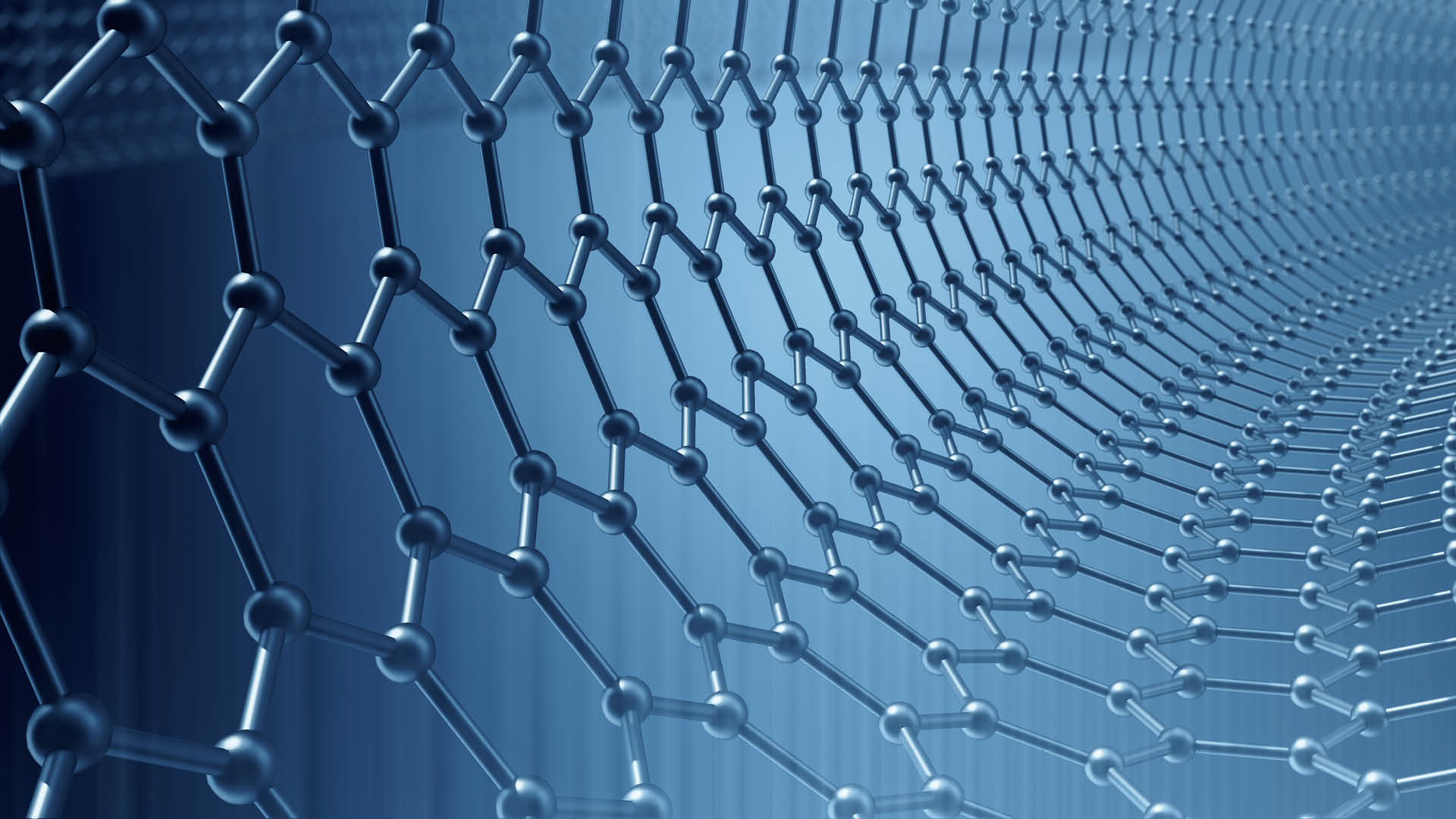
Investigating Fast Processes
Ultrafast laser pulses enable the study of fast events in all kinds of materials. Many of these studies use some type of pump-probe method where one pulse excites the sample and another pulse interrogates the outcome. That’s because the best tool to match the incredible time resolution of a UF laser pulse is another UF laser pulse! Some of the experimental setups are therefore quite complicated. That’s why we emphasize simplicity and reliability in all our ultrafast lasers – so you can put all your focus on your experiment, never the laser.
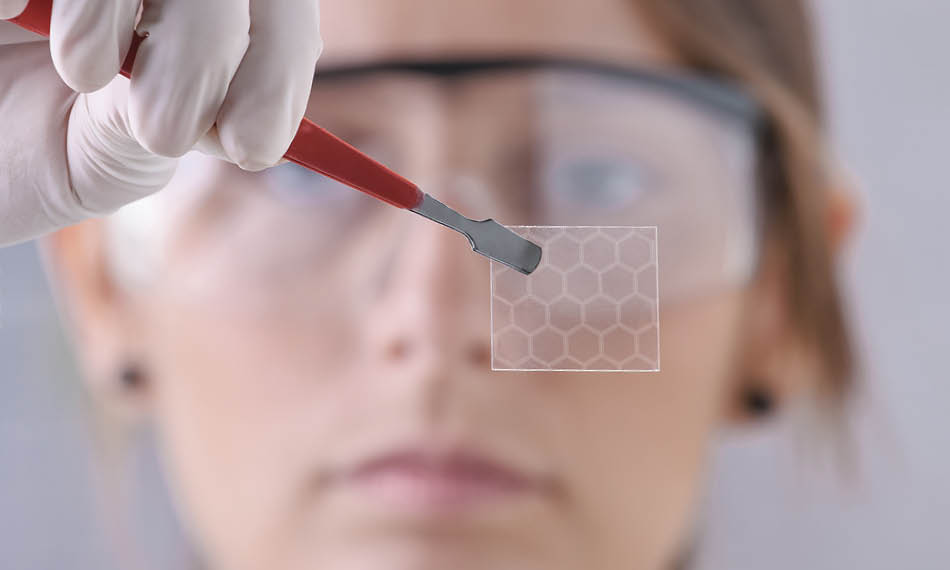
Let's get started
Please submit some information about yourself, and a product expert will contact you within 2 business days.
Product Applications
More Featured Assets
Ultrafast Spectroscopy Products
Resource List
Success Story
University of California, San Diego: Amplifier Stability Enables 2D Spectroscopy
See how a group led by Prof Wei Xiong leveraged a Coherent Astrella amplifier to study the efficacy of heterogenous catalysts with 2D spectroscopy.
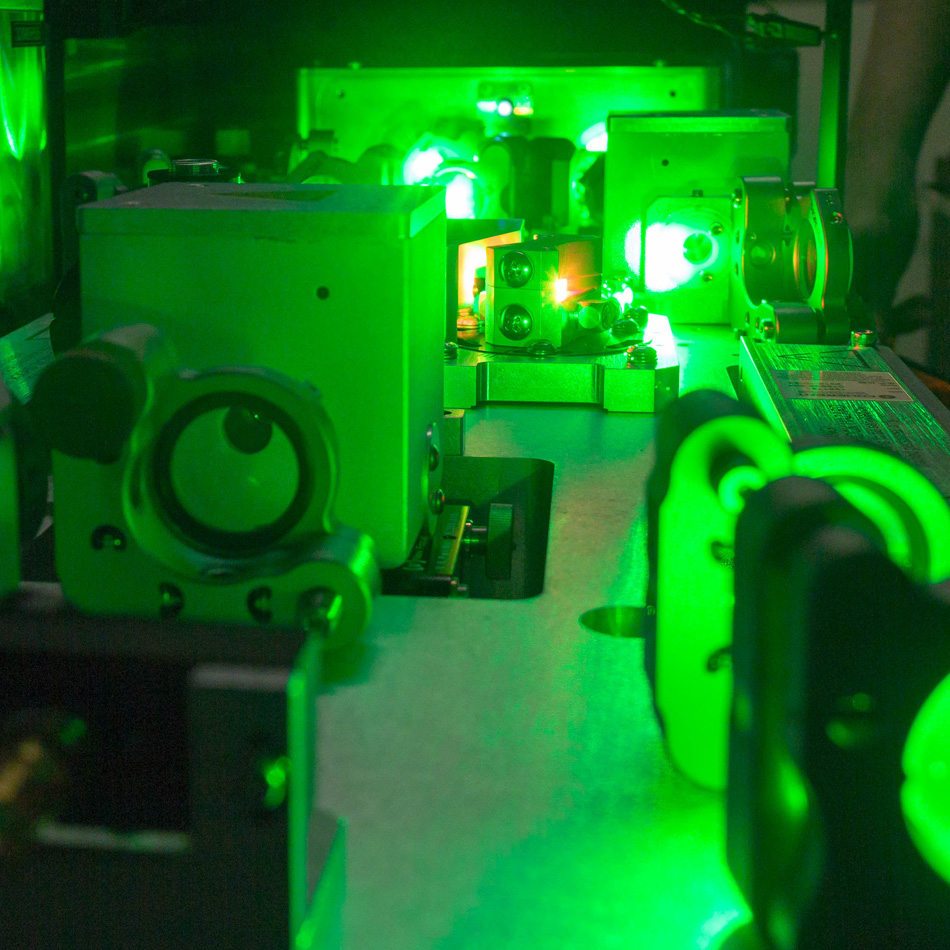
Global Customers



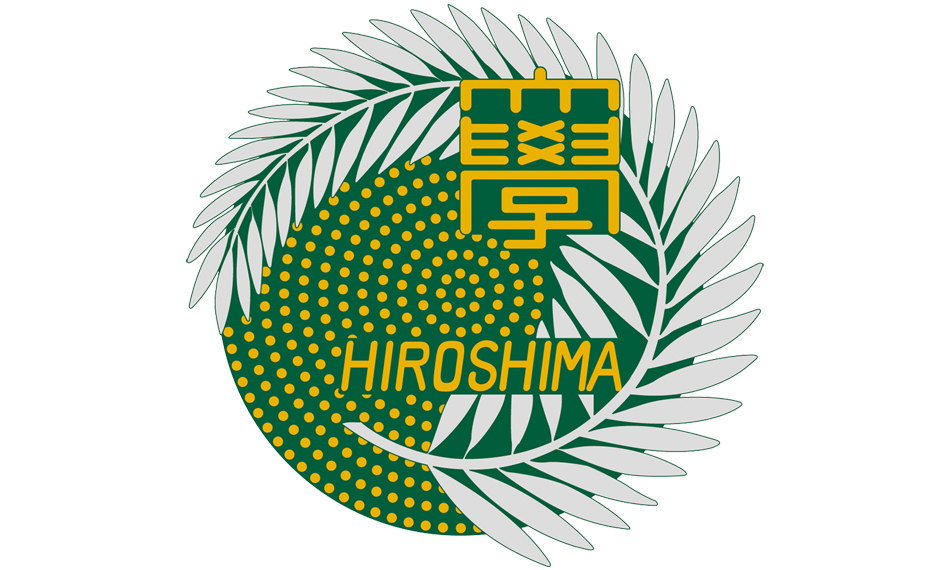


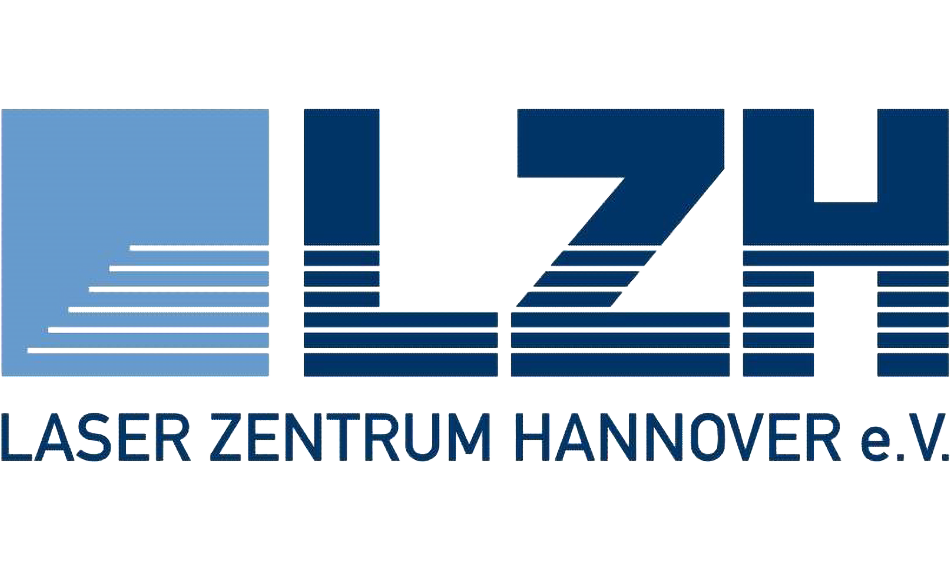

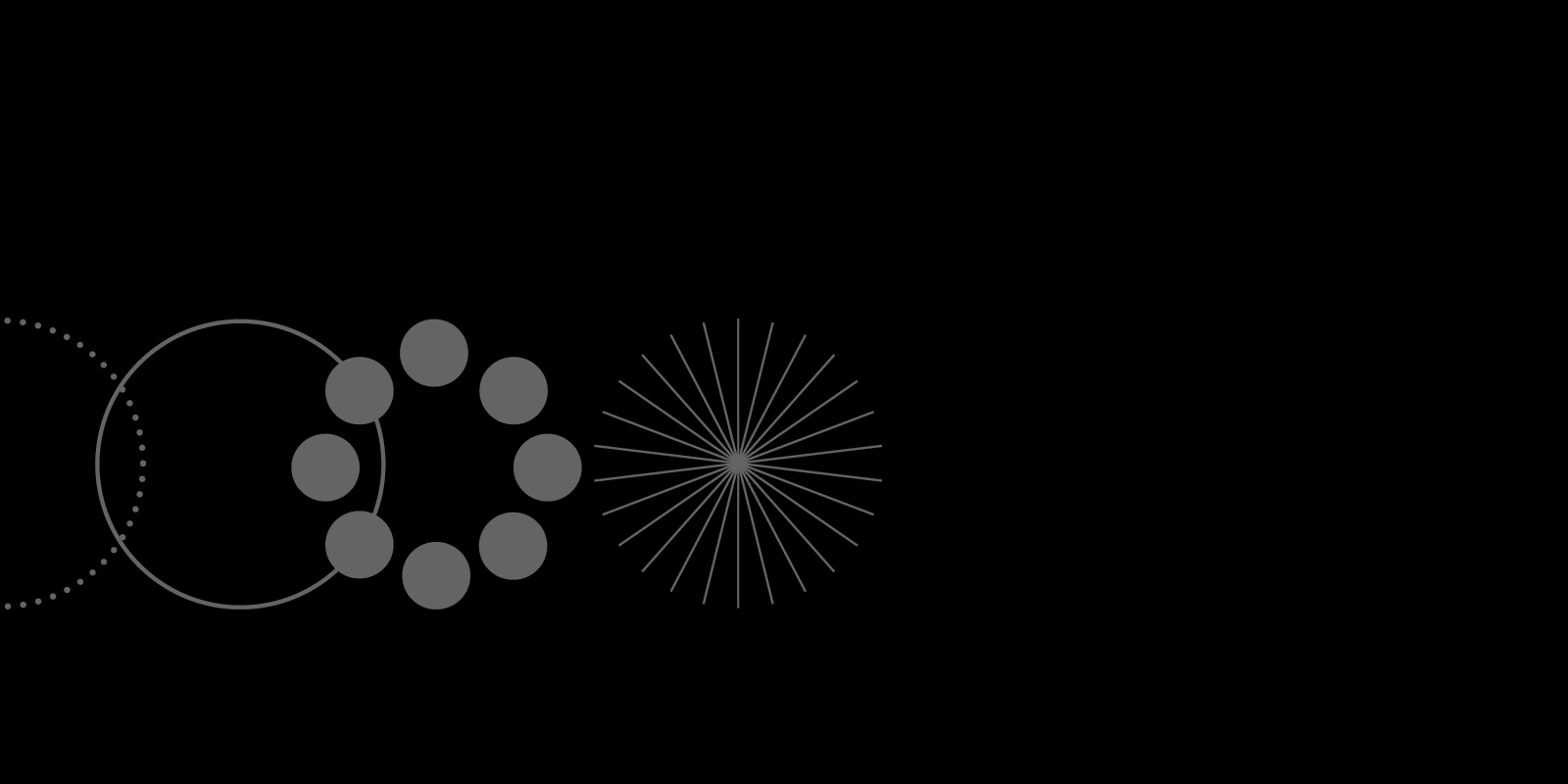
Ready to Get Started?
Share your contact info and a specialist will reach out.
Shop Coherent
Online shopping for lasers, optical fibers, power meters and sensors, accessories, and much more on Coherent online has never been easier.

